 Every month, we add more than 300 new book titles to our catalogue (you can find the list every month in our Monthly Catalogue). Publishers often announce their new titles to us months in advance of publication (which can turn into years…), and we find that by the time the books arrive into stock for the first time, some of the information we had initially catalogued about a title has changed.
Every month, we add more than 300 new book titles to our catalogue (you can find the list every month in our Monthly Catalogue). Publishers often announce their new titles to us months in advance of publication (which can turn into years…), and we find that by the time the books arrive into stock for the first time, some of the information we had initially catalogued about a title has changed.
The differences between the original announcement and the actual published book can range from a higher page number, or more illustrations, to a change in the order in which the authors are presented, or an amendment to the title or subtitle. Quite often the cover illustration undergoes several transformations. In very rare cases, the book will even have changed publishers. Even so, the earlier we hear about a book the better we like it, even if the finished product will look somewhat different.
In order to keep the information in our catalogue as accurate as it can be, we give each and every book that we have never seen before a thorough bibliographic check – in fact the cataloguing data for nearly every single book needs to be added to or amended. In the office, the new books are always referred to as the “book checks”, and this stack of each day’s book checks is the most popular place in the NHBS warehouse.
At the same time as verifying the bibliographic data, we evaluate the book and decide whether it’s a good fit for featuring on the NHBS homepage, or as a book of the week, and we make sure that the descriptive text reflects the contents of the book accurately.
This method of rigorous checking and evaluating ensures that no book is ever included in our emails, or in a flyer or advert, unless we are comfortable recommending it.
For me, book checking is also one of the most fun jobs ever – books arrive from all over the world, and they have that exciting “new” smell and feel to them. Every now and then there is a true gem amongst them, a book on an unusual subject, or one with truly outstanding illustrations, that turns out to be much more important than the initial cataloguing suggested.
Just last week, the book checks contained some very good titles. Highlights include:
 The Crossley ID Guide: Eastern Birds – eagerly anticipated by us. We have a pre-publication offer on it until the end of April. My first reaction to seeing this book was that it’s a lot bigger than I thought it would be! I checked out the Steller’s Jay page, as I remember these birds so well from seeing them on the West Coast of Canada, and the illustrations, as promised, are startlingly different from the usual photographic field guide, and seem to make identification very easy. This one is definitely going on the NHBS home page!
The Crossley ID Guide: Eastern Birds – eagerly anticipated by us. We have a pre-publication offer on it until the end of April. My first reaction to seeing this book was that it’s a lot bigger than I thought it would be! I checked out the Steller’s Jay page, as I remember these birds so well from seeing them on the West Coast of Canada, and the illustrations, as promised, are startlingly different from the usual photographic field guide, and seem to make identification very easy. This one is definitely going on the NHBS home page!
 The new edition of A Diperist’s Handbook should prove to be popular, as well, it is part of a series of similar handbooks published by the Amateur Entomologists’ Society, and the book production value is outstanding. A very useful addition to any entomologist’s library, and I can’t recall seeing any similar books on the same subject recently.
The new edition of A Diperist’s Handbook should prove to be popular, as well, it is part of a series of similar handbooks published by the Amateur Entomologists’ Society, and the book production value is outstanding. A very useful addition to any entomologist’s library, and I can’t recall seeing any similar books on the same subject recently.
 A new Crossbill Guide: Loire Valley – Loire, Brenne and Sologne. This series of nature travel guides is one of my favourites and we always look forward to seeing a new one published. Browse all the Crossbill wildlife travel guides.
A new Crossbill Guide: Loire Valley – Loire, Brenne and Sologne. This series of nature travel guides is one of my favourites and we always look forward to seeing a new one published. Browse all the Crossbill wildlife travel guides.
 The Human Planet Blu-Ray arrived today, and before we could even book it into stock, several people in the office declared their intention of buying a copy for their own use. (This is a recent BBC series, which examines how humans in extreme enviroments adapt to living with nature). The book accompanying the series came into stock last week.
The Human Planet Blu-Ray arrived today, and before we could even book it into stock, several people in the office declared their intention of buying a copy for their own use. (This is a recent BBC series, which examines how humans in extreme enviroments adapt to living with nature). The book accompanying the series came into stock last week.
 A Field Guide to the Butterflies of Singapore: A well-illustrated photographic guide, published by a specialist natural history publisher in Singapore.
A Field Guide to the Butterflies of Singapore: A well-illustrated photographic guide, published by a specialist natural history publisher in Singapore.


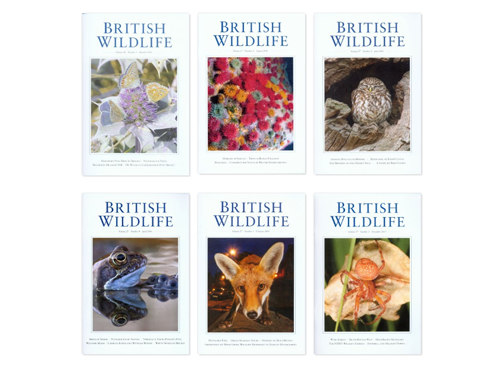

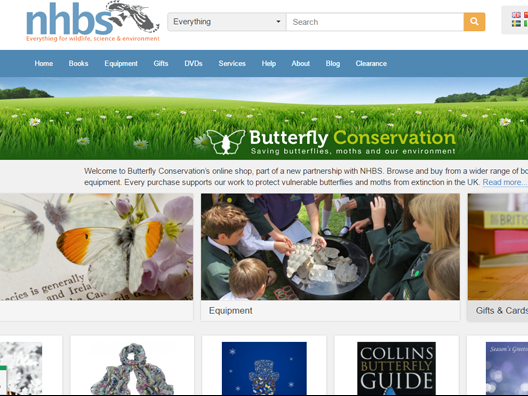

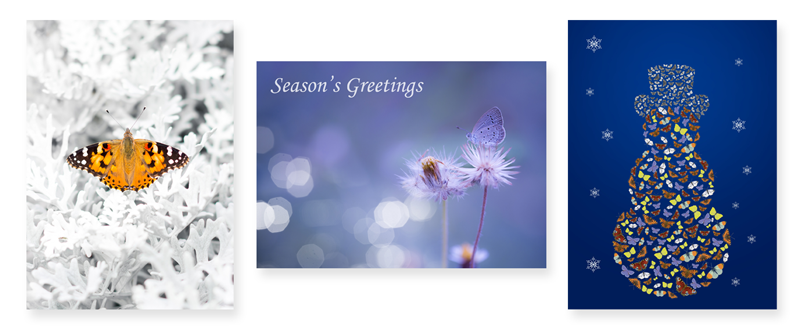


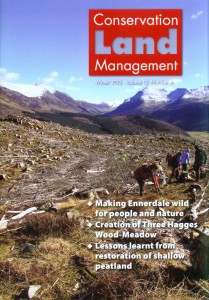



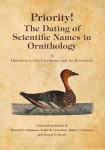
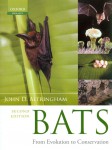

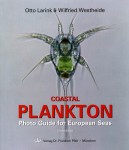
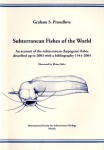



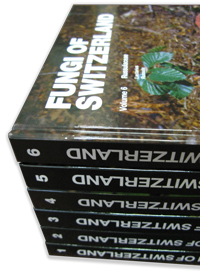 How many monographic series are there in the NHBS catalogue?
How many monographic series are there in the NHBS catalogue?